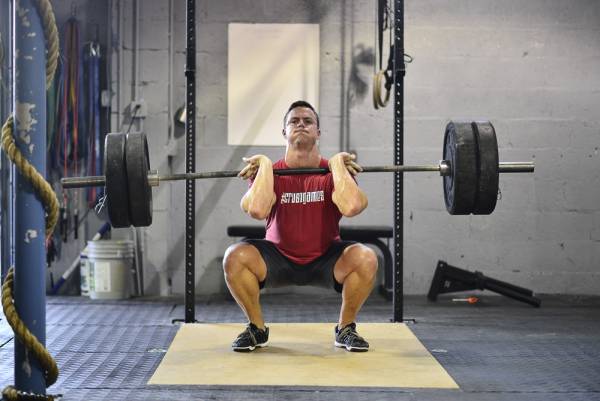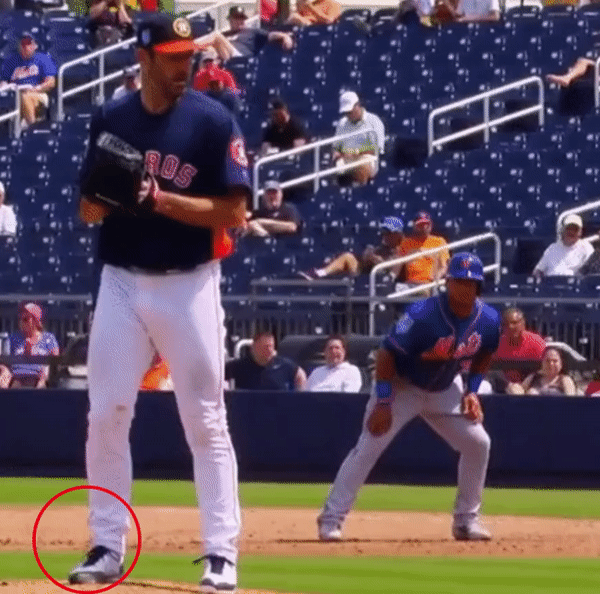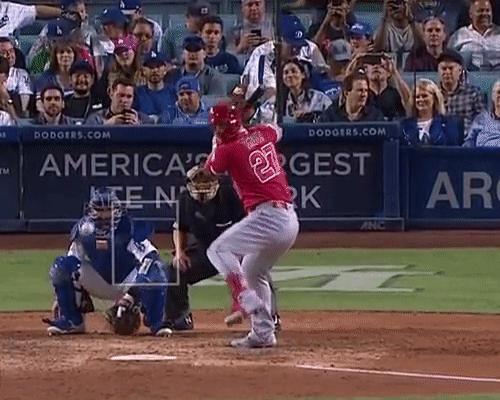
We know that we’ve said there are no magic tricks when it comes to player development.
Making meaningful movement changes is not easy. It’s really hard. If you want your training to show up when the lights turn on, you can’t cut corners. You have to put in the time, energy, and effort if you want to get results with your players.
There are, however, some tricks we’ve learned over the years that work just like magic. Below are a few of our favorites, why they work so well, and great candidates to use them with.
- Toe out
Baseball is a posterior chain driven sport where our glutes play a critical role in force production, acceptance, and transmission. As a result, getting into positions of leverage where the glutes can take on the bulk of the workload is really important for performance. If you’re not in the right positions, you’ll never be able to turn the glutes on when it’s time to use them.
One of the primary functions of the glutes is external rotation of the hip. External rotation (ER) simply refers to any movement where the leg is rotating away from the pelvis. If we were to look at the right leg, for example, there are two main ways to get into ER from a neutral standing position:
- Rotate your body to the left
- Toe out
The second strategy is what we’re going to focus on for this magic trick. To think about it, check out this picture below that shows a front squat pattern. Take a close look at how the feet are set up:

Notice how both feet are slightly toed out? This position is critical and it’s no mistake. Instead of keeping the feet facing forward, opening them slightly allows you to start in more of an externally rotated position. This starts the glutes in a better position of leverage where they can control the movement and ultimately produce more force. It works the same exact way for hitters and throwers.

If you’re currently working with an athlete that pushes and loses the ground too soon, dumps their back knee in prematurely (i.e. works into internal rotation too soon), or never gets into external rotation with the back hip, try having them start with their back foot toed out. While kids are often get yelled at for doing this naturally (hint: don’t do this), starting toed out can be a huge lower half unlock without actually doing any kind of cueing or drill work. It’s that easy. All you’re doing is starting them in a better position so everything downstream can clean up.
Small hinges swing big doors.
- Pimp it
If you were to crack a towel, would you put all of your energy into either 1) accelerating the towel forward, or 2) pulling the towel back? That’s right, you’d probably pick the second one. You’d want to focus on pulling the towel back so you can crack it and get energy out to the tip. It’s very similar to how you’d use a whip: You don’t focus on pulling the whip through. You focus on snapping it back to make it crack. Our arm works the same exact way.
If you’re working with a thrower who drags their arm because:
- They’re too open
- Their lower half has zero stability
- They can’t stop and transfer energy up the chain
show them this and tell them to watch what happens at the end:
When they have a pretty good mental model for what the arm recoil looks like, tell them to try it. You’ll be amazed at the velo jumps it can create. It’s the most effective “trick” we’ve ever come up with for throwers. If you try it with 10 arms, there’s a really good chance it works like magic for six.
While it might seem like magic on the outside, but there’s no pixie dust involved in this one. Once thought of as taboo, the arm recoil is actually indication of an exceptional deceleration sequence. The lower half has to grab the ground, stabilize, and stop so the upper half can be rotate efficiently around it. The trunk also has to stabilize so it can whip the arm through and create a clean transfer of energy. By the time the arm releases the ball, there’s so much tension present in the system that the arm has no other choice but to get peeled back. It’s not a forced action. It’s a reflexive byproduct of a really strong sequence (feel free to read more about this here: https://bit.ly/108kikuchi).
This one is a must try if you work with any kind of throwers. It won’t work for everyone, but it will absolutely work like magic for someone.
- Brace on the ball
If you’re working with a hitter who lacks stability, peels off balls, drags the barrel, or doesn’t do a good job of putting their energy into the strike, perform this quick demo. Have the player put their arms out and smack them in the stomach 3-4 times. Ask them what they felt, and then tell them to do that to the ball. If you do it right, it will look something like this:
While the recoil is our favorite trick for throwers, this is our favorite magic trick for hitters. Teaching players how to “brace” and “flex” at impact is a game changer when it comes to force transmission. You’re not just creating energy. You’re learning how to channel that energy into the moment of time when we need it the most: Impact. This not only has a positive influence on force production, but it also does wonders for direction. The more stable we are into impact, the more consistent our ball striking becomes.
If you’re working with hitters who have zero stability, can’t stop, leak energy, or drag their barrel through the zone, try this demo out with them and see what happens. It’ll work a lot more times than it won’t.
You can read more on, this along with 10 of our favorite analogies at the shop, here: http://bit.ly/pwrofanalogy
- Step across
Below is a home run that Mike Trout hit in 2019 off of a Kenta Maeda slider that came off the bat 111 mph and went 441 feet. When you watch this swing, look at what happens to the front foot after contact.
Notice how it steps across home plate towards first base after he finishes his swing?

If you’re working with a hitter who is constantly flying open, peeling off baseballs, and gets stuck on their backside, show them this video and tell them to step across with their front foot after contact. Then, watch the magic happen.
If we think about why the “step across” move works, we have to understand that our brain maps backwards. It’s very good at building a mental map for specific movements by using information from end of the sequence. The step across is something that happens at the end of the swing. In order for it to happen, a lot of good stuff further up the chain needs to happen. Of these include:
- Pelvis and trunk must stay closed
- Hitter needs to get to front side
- Must brace, decelerate into impact
If you fly open and get stuck with the majority of your weight on your backside, it’s physically impossible to step across after contact. You can’t force the move. It needs to be a reflexive action that shows up when everything is closed, braced, and stable into the strike. This is exactly why the arm recoil works so well: You’re putting the focus on the end so everything in the beginning cleans up.
Sometimes the problems downstream need to be cleaned up by going upstream. Other times, you need to go downstream to fix what’s going on upstream. The step across move is an example of the latter. If done in the appropriate context, it can be a game changer for hitters.
On a final note, below are some things to keep in mind when performing these tricks:
- They won’t work for everyone. Don’t force a square peg into a round hole.
- Don’t make the trick a one-stop show. If it works, continue to use it until it doesn’t.
- Explain why it works to the athlete. It won’t stick unless they understand the purpose behind it.
- The magic isn’t in the drill, thought, or cue. It’s in the movement.
These four tricks are just a sample of how you can create immediate and impactful movement changes using carefully crafted thoughts, moves, and messages. Have fun trying them out.
